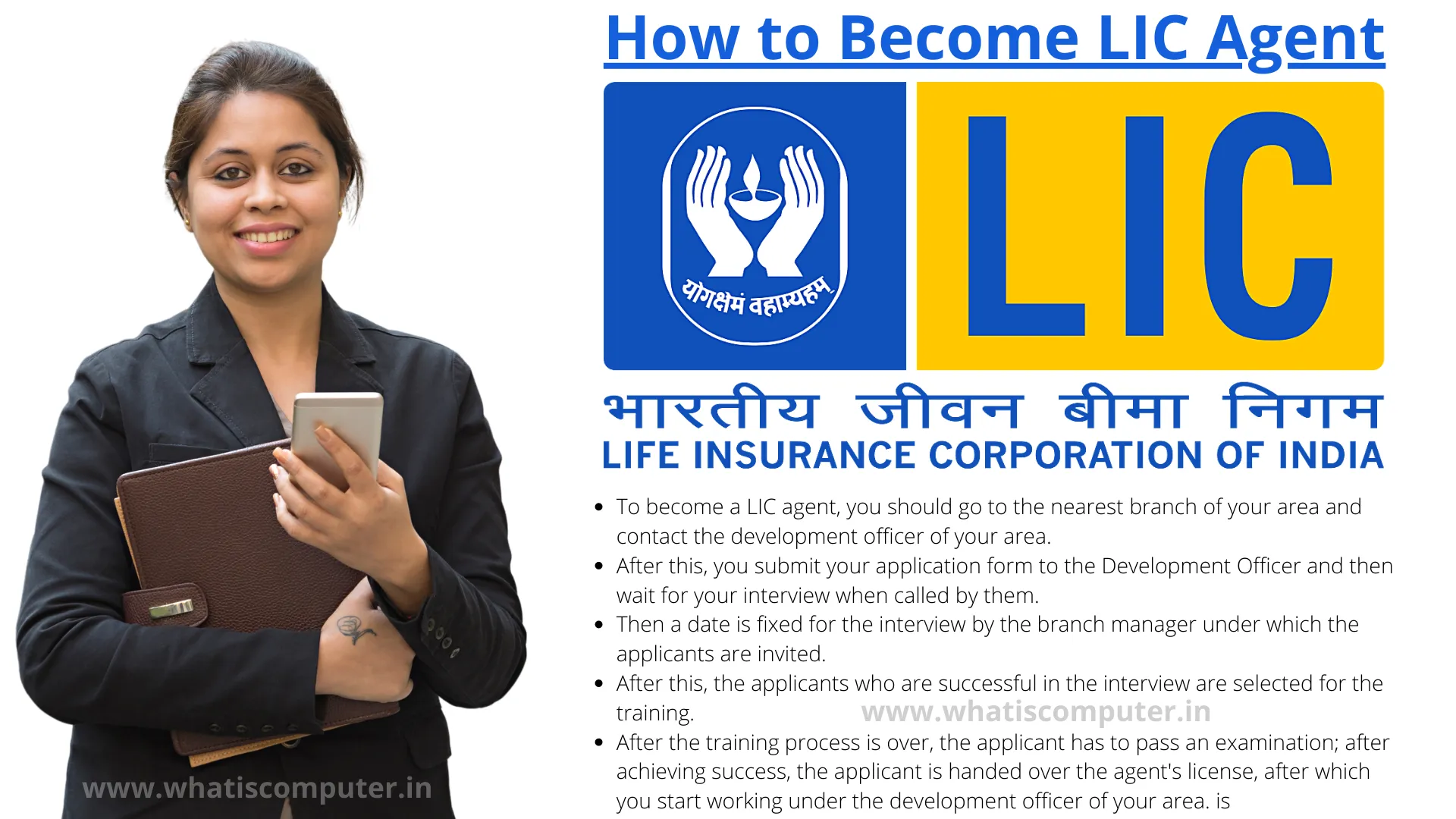Why 5‑Year Life Insurance is Perfect for Temporary Financial Goals
Short‑term life insurance is simply term cover you keep for a few years—just long enough to protect a specific, time‑bound risk. Think loan EMIs, a job transition, an overseas assignment, or the first few years after a major life event. Because you’re insuring a short window, premiums tend to be lower than multi‑decade policies for the same age and sum assured, and you avoid over‑paying for protection you don’t need.
In India, term products are regulated by the Insurance Regulatory and Development Authority of India (IRDAI). Insurers must file products under IRDAI’s product framework, disclose key documents, and sell only policies with a valid UIN (Unique Identification Number). That means when you pick from IRDAI‑approved term plans, you’re buying a compliant product with standardized disclosures and consumer protections.
Below, we’ll define 5‑year life insurance, show how it differs from traditional long‑term plans, who it’s best for, and how it compares with 10‑ and 20‑year terms. We’ll also highlight a few options frequently chosen among the best short‑term life insurance plans in India for 2025.
What is a 5‑Year Life Insurance Policy?
A 5‑year term plan is pure protection for exactly five years. If the life assured dies during this period, the nominee receives the sum assured. If the policy completes five years without a claim, coverage ends and there’s typically no maturity value (unless you chose a return‑of‑premium variant).
How it differs from long‑term plans
Duration: 5 years vs 10–40 years (or up to a specified age) for long‑term policies.
Premium per year: Lower for five years because the risk window is short; however, renewing later could cost more as you age.
Flexibility: Easy to match with time‑bound goals (short loans, contract roles).
Continuity: You’ll need to reassess or renew after five years; a long‑term plan avoids frequent re‑underwriting.
Who should choose the best short‑term life insurance plans in India?
Short‑term cover fits buyers who need targeted protection:
Young professionals with tight budgets who want immediate cover while building an emergency fund.
Loan takers covering the first 3–5 years of a home/education/car loan—when interest outgo is highest.
Professionals between jobs or on short overseas assignments who want a safety net without a 30‑year commitment.
Entrepreneurs/freelancers managing income volatility and near‑term business risk.
People with temporary dependents (e.g., parents staying for a limited period).
Benefits of a 5‑Year Policy for Temporary Financial Goals
1) Affordability now
You pay for a short risk horizon, so annual premiums are usually lower than longer terms for the same age and cover. That frees up cash for savings or debt reduction.
2) Tight goal‑fit
Match cover to a time‑bound need—loan EMIs, a two‑to‑five‑year project, or a sabbatical. When the objective ends, you can reassess.
3) Flexibility
Some short‑term options allow renewals or conversions; many let you add riders such as accidental death or critical illness for extra protection during the five years.
4) Strong consumer safeguards
IRDAI requires product filings, disclosures (brochures, wordings, benefit illustrations), and oversight—so you’re not buying a “one‑off” product outside the regulatory net.
Trust signal: Sector‑wide, India’s life insurers continue to settle an overwhelming majority of death claims each year; IRDAI’s FY 2023–24 data highlighted high settlement performance across individual and group policies (98%‑plus ranges). That underlines system‑level reliability while you compare plans.
How 5‑Year Plans Fit Under IRDAI’s Framework
Product filing: Insurers must launch products under Use & File / File & Use rules and follow pricing and governance standards.
UIN and website disclosures: Every life plan carries a Unique Identification Number. Insurers must publish product documents and benefit illustrations online, improving transparency for buyers.
5‑Year vs 10‑Year vs 20‑Year: Which Term Fits Your Need?
| Feature | 5‑Year Term | 10‑Year Term | 20‑Year Term |
|---|---|---|---|
| Primary use | Temporary goals, short loans, career transitions | Medium‑term liabilities, early family years | Long‑range family security & income replacement |
| Annual premium | Lowest (short risk window) | Moderate | Highest (covers more risk years) |
| Renewal risk | Highest—must reassess at year 5 | Moderate (reassess at year 10) | Lowest (locked for decades) |
| Flexibility | High for short goals, easy to stop | Balanced | Set‑and‑forget stability |
| Best for | Targeted cover & budget control | Bridging to longer needs | Families with young children, single income |
Examples You Can Relate To
Loan bridge: Priya takes a 5‑year ₹30 lakh top‑up on her home loan to renovate. She buys a 5‑year term for ₹40–50 lakh to fully cover the outstanding liability plus a buffer. When the loan ends, she lets the policy lapse or converts to a longer plan based on needs.
Career pivot: Arjun (29) is switching industries and expects volatile income for 3–4 years. A 5‑year term gives instant protection while he stabilizes cash‑flow. Later, he’ll lock a 20‑year plan sized for family goals.
Temporary dependents: Dev’s parents are staying with him for two years post‑surgery. A short policy ensures their care is protected while he reassesses longer‑term needs later.
Best Short‑Term Life Insurance Plans in India (2025)
Note: Availability of a 5‑year policy term and rider combinations differs by insurer and payment option. Always verify the brochure/website before purchase.
1) ICICI Prudential iProtect Smart (select variants)
Why it’s short‑term friendly: Official brochure shows a Minimum Policy Term of 5 years for specific plan/payment options (Single Pay & Regular Pay) under the Life/Life Plus variants. iciciprulife.com
Good for: Buyers who want a reputable private insurer with 5‑year flexibility and optional Accidental Death Benefit/CI riders.
2) SBI Life eShield (online term)
Short‑term option: SBI Life’s official eShield FAQs list Minimum Policy Term of 5 years for Level Cover (10 years for Increasing Cover). smartcare.sbilife.co.in
Good for: Digital‑first buyers seeking a 5‑year Level Cover with simple options and rider add‑ons.
3) Saral Jeevan Bima (IRDAI‑standardised term)
Why it’s ideal for 5 years: IRDAI’s standard “Saral Jeevan Bima” format is offered by many insurers (HDFC Life, LIC, Max Life, ABSLI, etc.) with policy terms from 5 to 40 years, making it a clean, short‑term entry point with uniform features. hdfclife.com
Good for: First‑time buyers who value simplicity, straightforward eligibility, and a regulator‑defined structure.
Tip: Some popular term products (e.g., certain flagship term plans) begin at 10 years minimum. If you specifically need five years, shortlist plans that explicitly allow a 5‑year term (like the ones above) or consider Saral variants from your preferred insurer. hdfclife.com
When the best short‑term life insurance plans in India make the most sense
Choose a 5‑year term if you:
Have time‑boxed liabilities—top‑up/education/car loans, or only the first few years of a home loan.
Expect career or location changes in the near term.
Need rapid cover while you plan a larger, longer policy.
Want to keep budget low today yet avoid gaps in protection.
Consider a 10‑ to 20‑year term if you:
Need stable income replacement while children are young.
Prefer “buy once, forget” convenience (no renewal/medical re‑checks soon).
Can comfortably afford slightly higher annual premiums for long stability.
Quick Buyer Checklist (India)
Match term to goal: Insure the risk period (loan tenure, job change timeline).
Price apples‑to‑apples: Keep age, sum assured, term, and riders constant when comparing.
Verify IRDAI compliance: Check the product’s UIN and download brochure/wordings from the insurer’s website.
Check claim‑service signals: Settlement performance and service SLAs help you gauge reliability alongside price.
Keep it simple: Add only essential riders (e.g., Accidental Death, Critical Illness) that align with your five‑year risk.
5‑Year vs Long‑Term: A Practical View
Cost today vs certainty later: Five‑year plans are cheaper per year now, but you’ll re‑price risk at renewal (you’ll be older; health could change). Long‑term plans lock price and avoid re‑underwriting for decades.
Life changes fast: If your horizon is murky, starting with five years keeps things flexible. As your goals crystallize, you can ladder on a longer policy.
FAQs
Yes—if your need is temporary. It’s affordable, fast to set up, and perfect for bridging short risks (loans, job transitions). If you already know you need two decades of cover, a longer term is more convenient.
Match duration to responsibility. Short‑term for 1–5‑year goals; 10–20 years (or more) for family income replacement and long‑range goals. Compare at least three quotes before you decide.
Many do. Common add‑ons include Accidental Death Benefit and Critical Illness. Rider availability and pricing vary by insurer and plan variant; check the brochure.
All legitimate life products sold in India must be filed under IRDAI’s product framework and carry a valid UIN. Confirm details on the insurer’s website and, if needed, in IRDAI’s public product lists.
For a true 5‑year term, shortlist ICICI Pru iProtect Smart (selected options), SBI Life eShield (Level Cover), and Saral Jeevan Bima from your preferred insurer. Verify the minimum policy term on the current brochure before buying.
Conclusion
Five years is a sweet spot when your risk is short‑lived: you get clean, affordable protection without locking yourself in for decades. If your goal is temporary—clearing a loan, bridging a career move, or protecting dependents for a defined period—the best short‑term life insurance plans in India can be the most efficient answer. If your responsibilities stretch longer, layer in a 10‑ or 20‑year plan for stability. Either way, buy only IRDAI‑compliant products, compare like‑for‑like quotes, and add riders you truly need.















